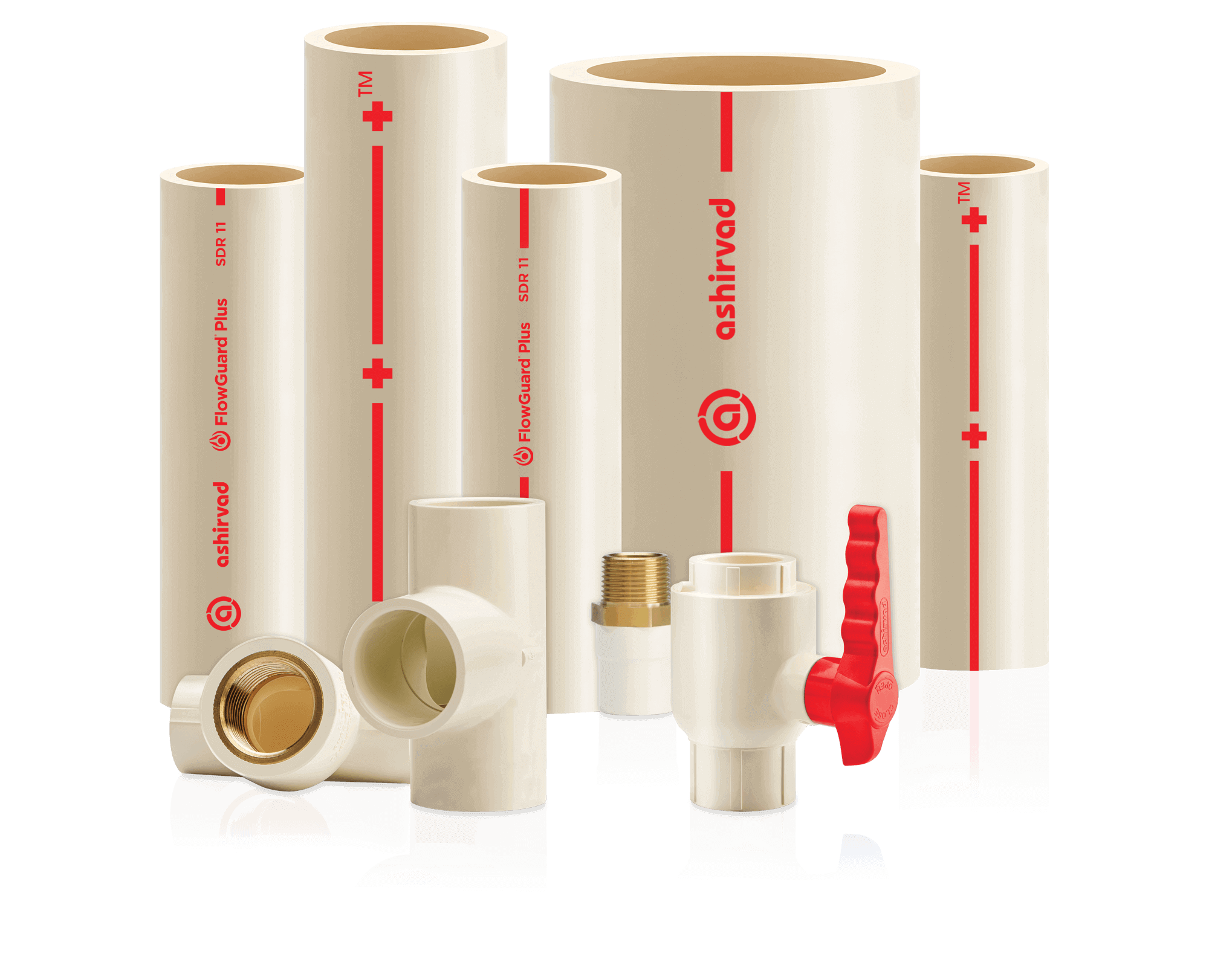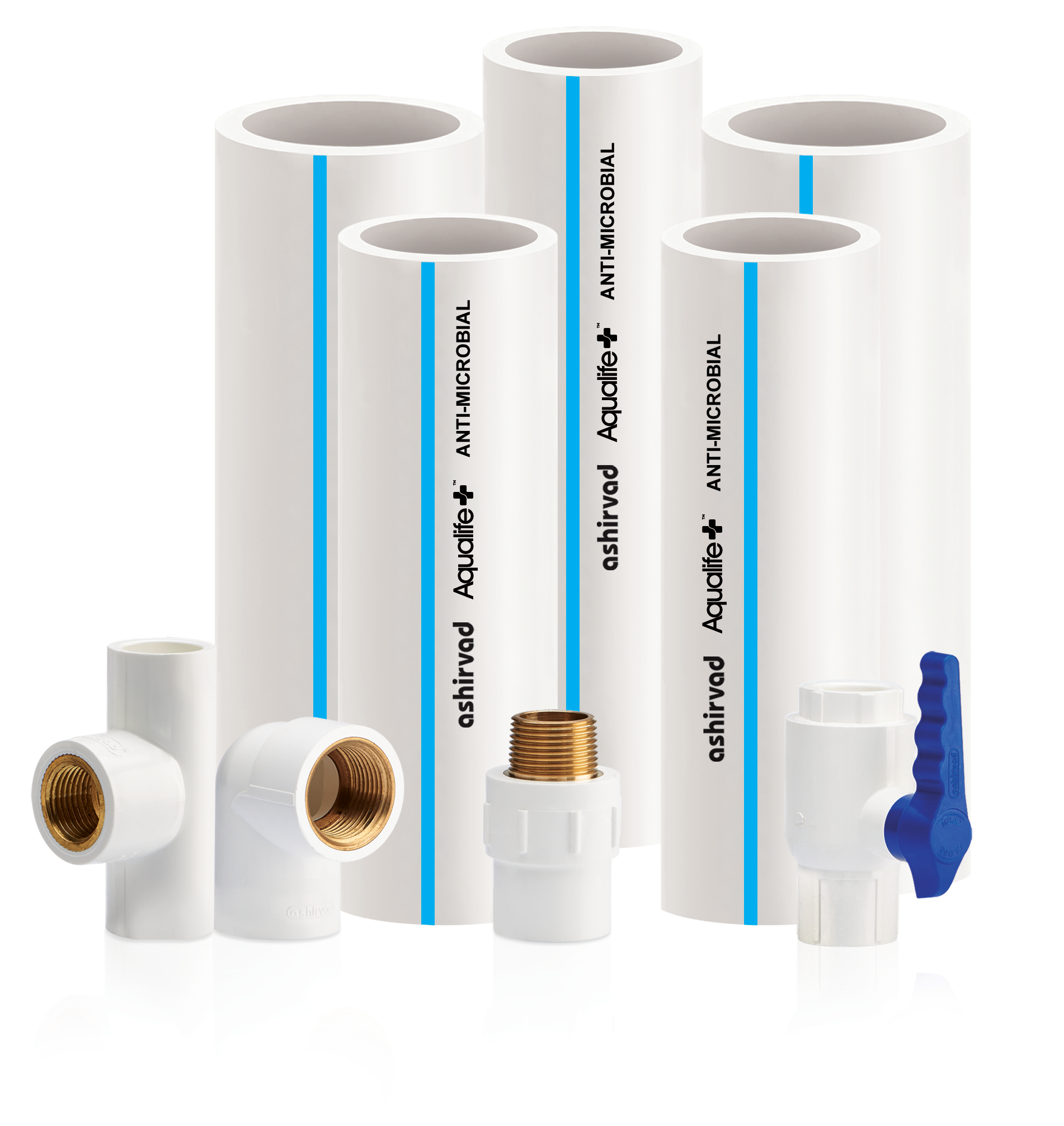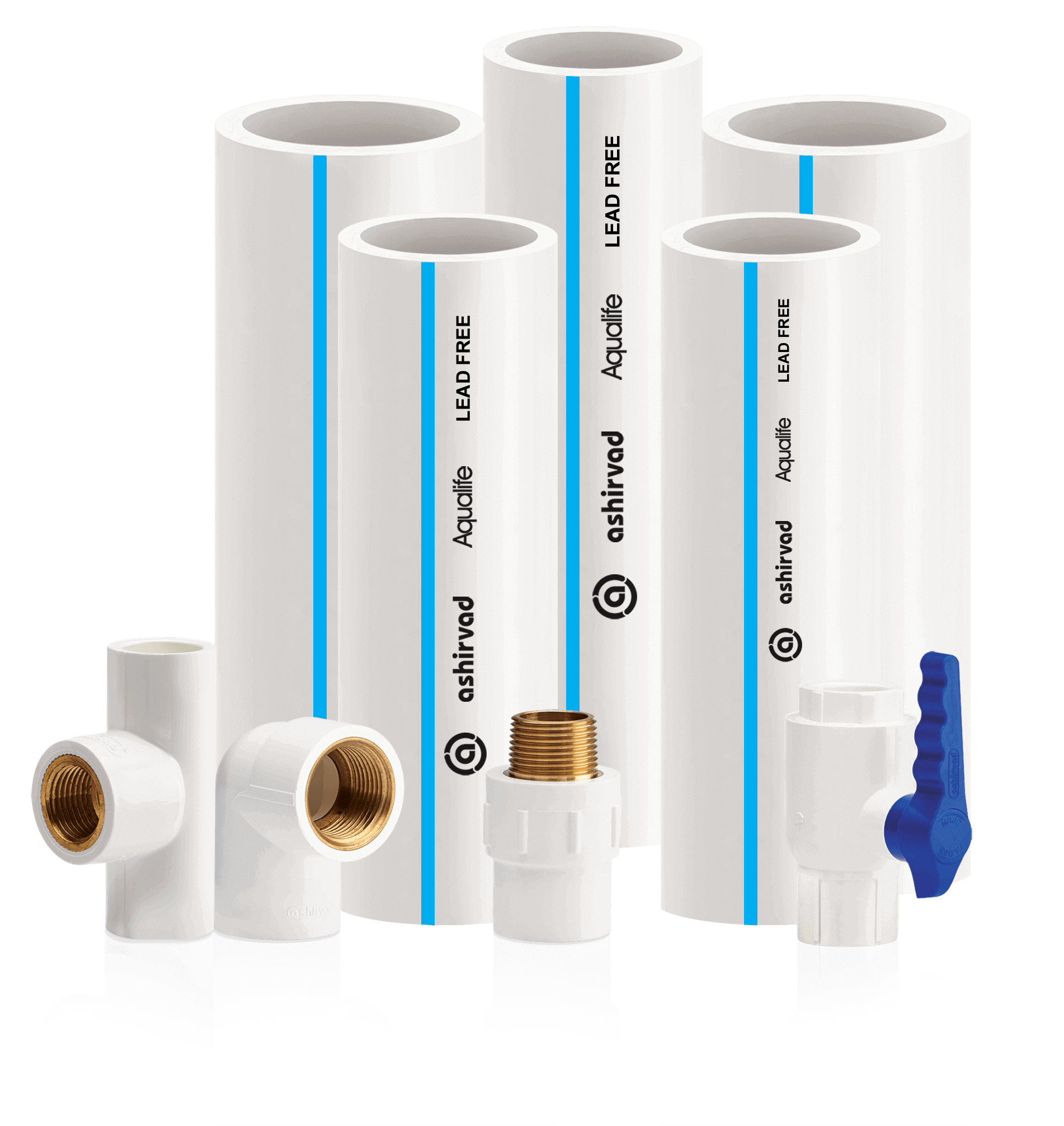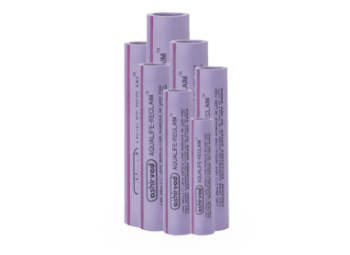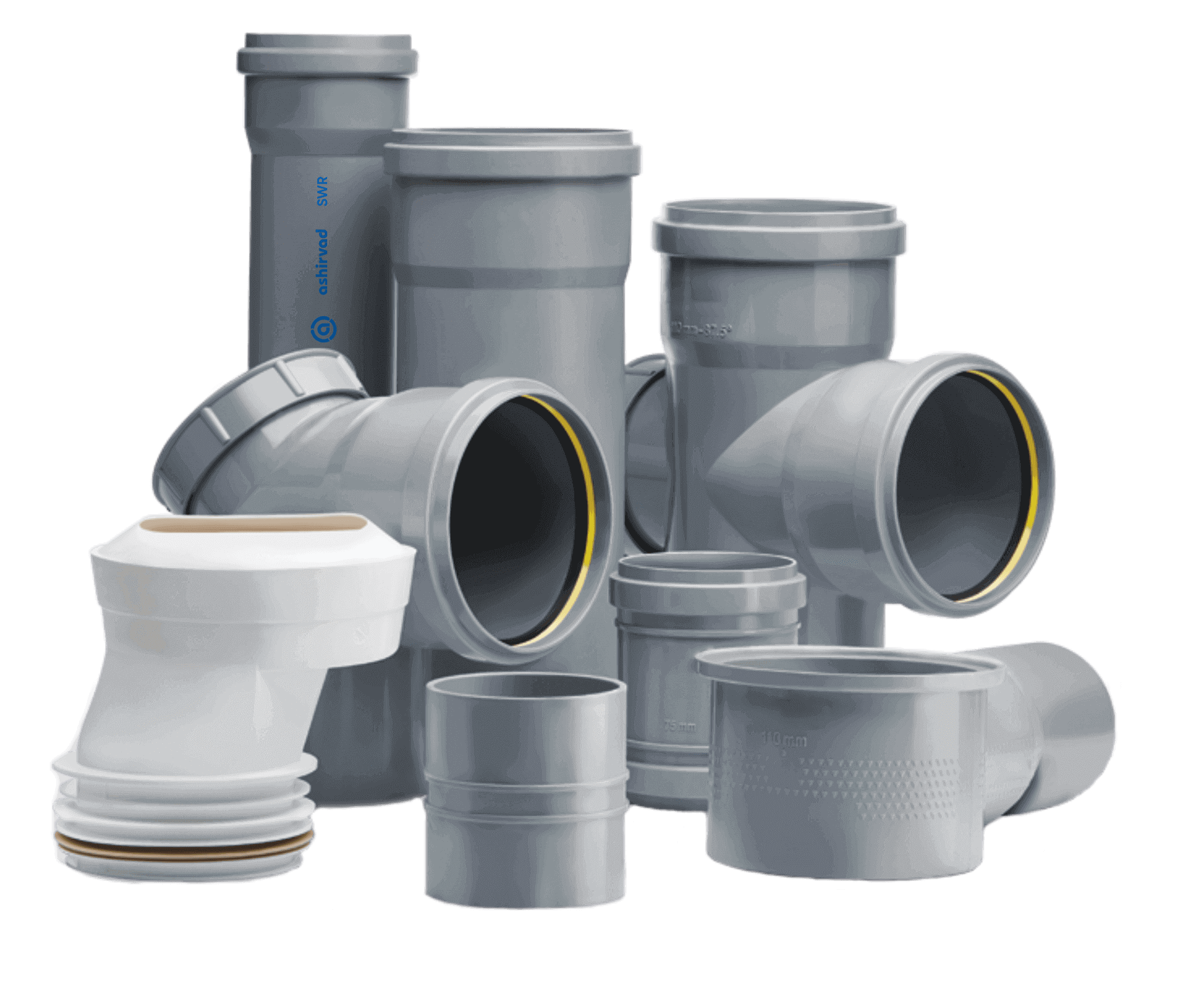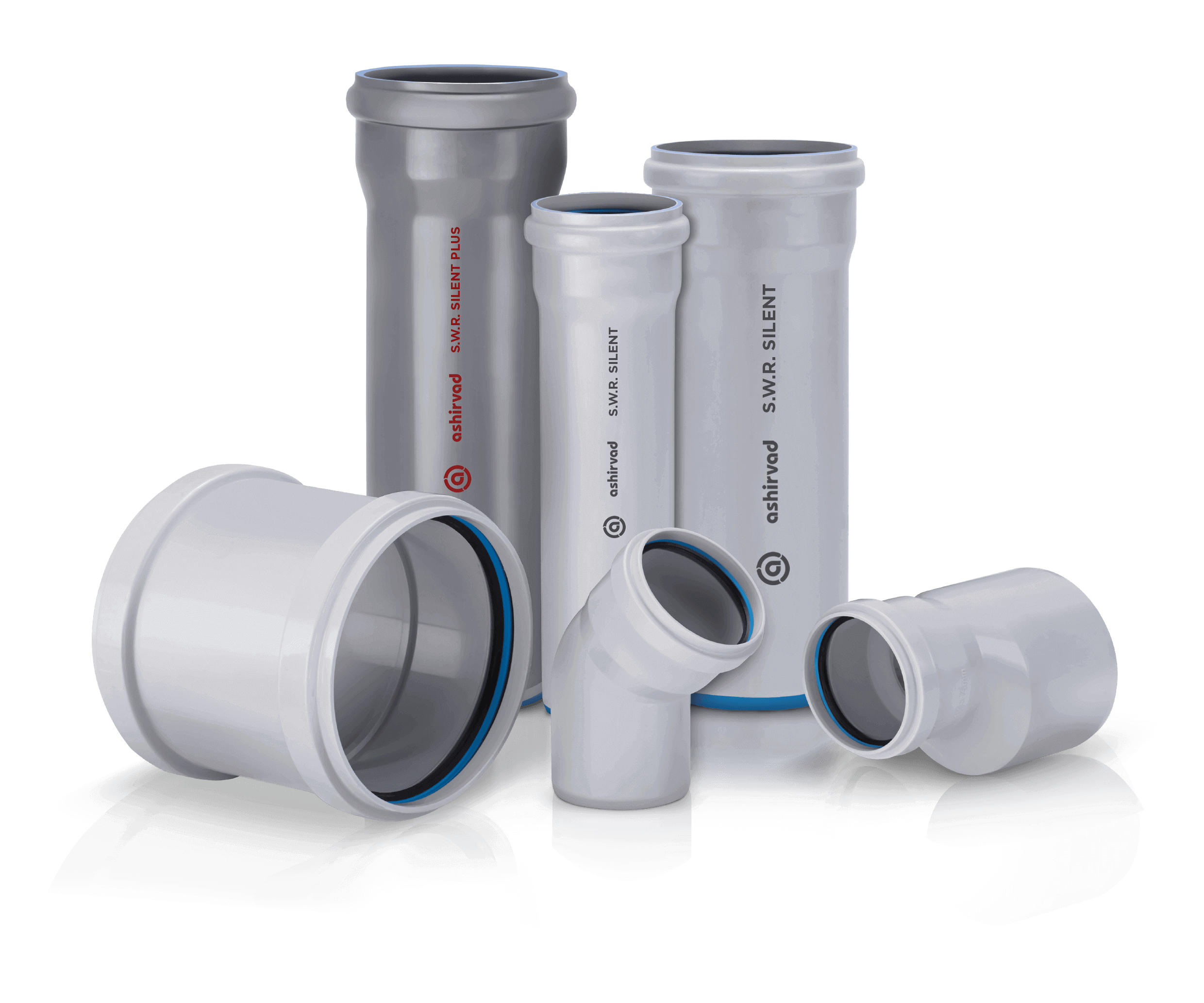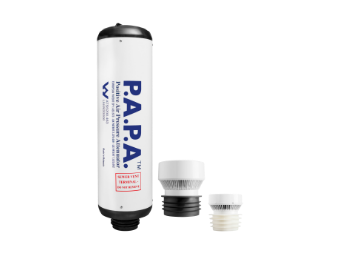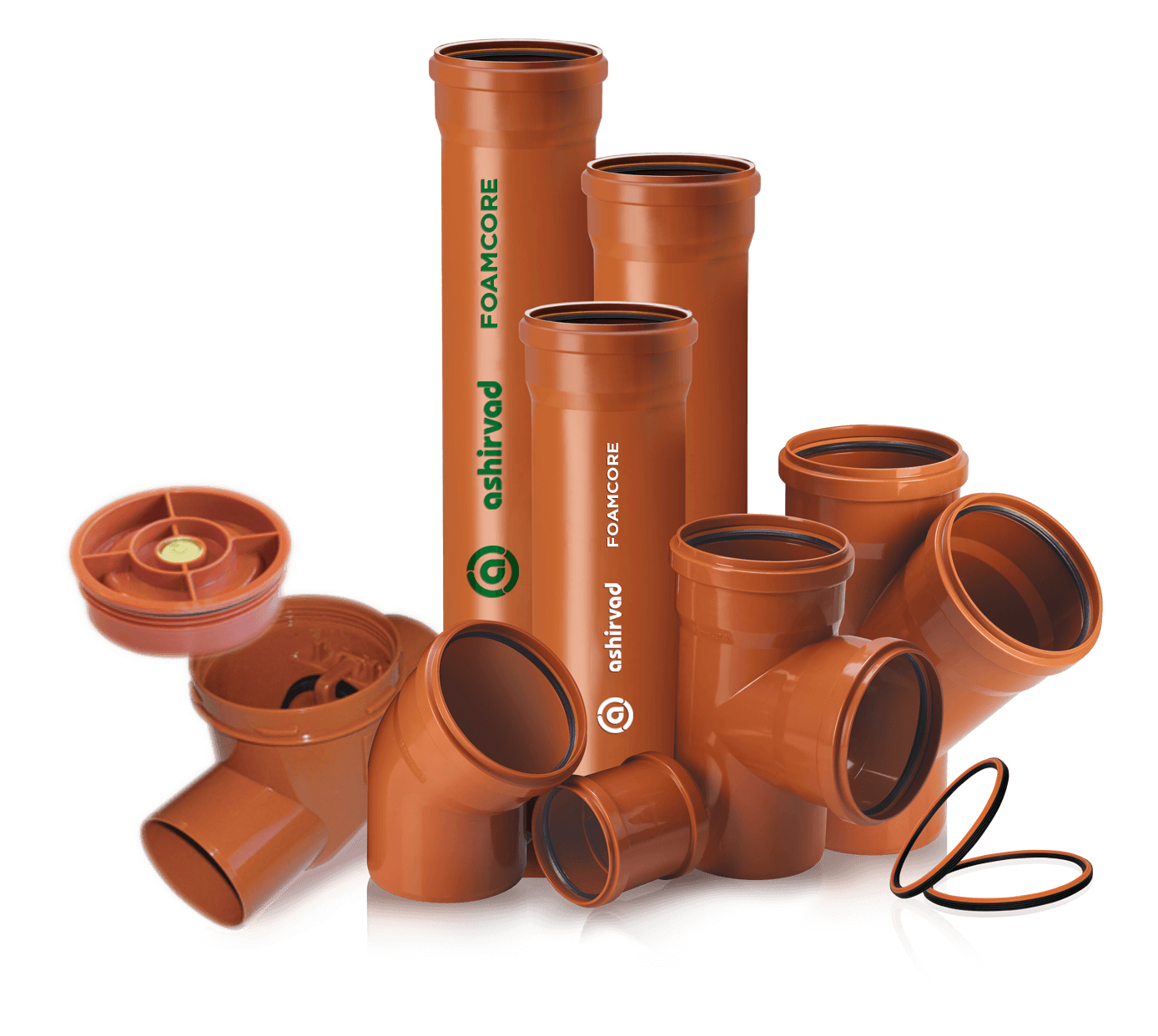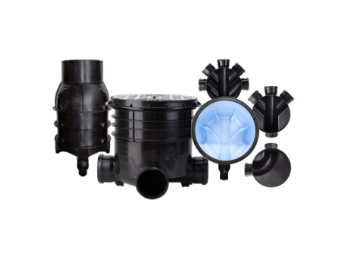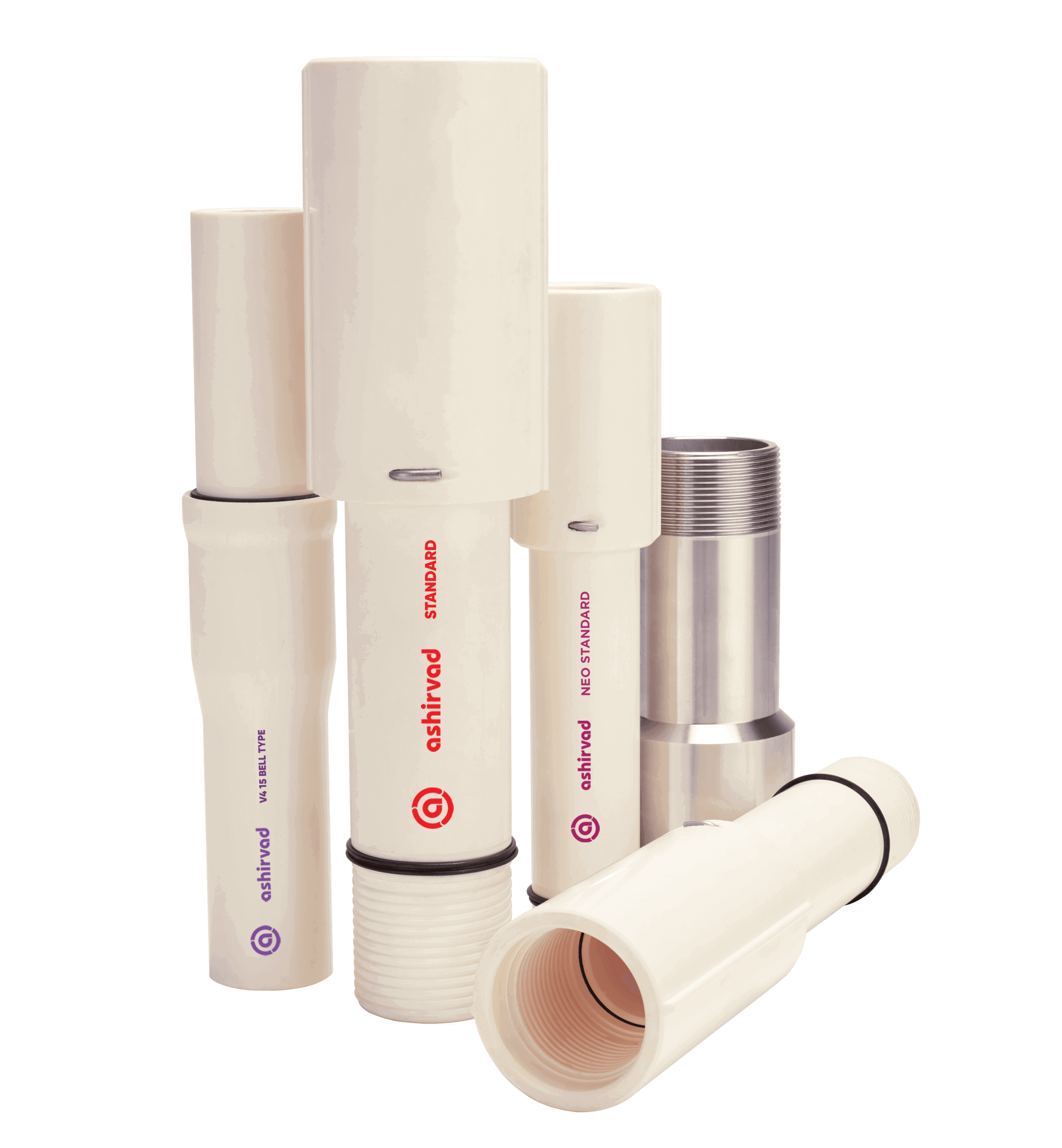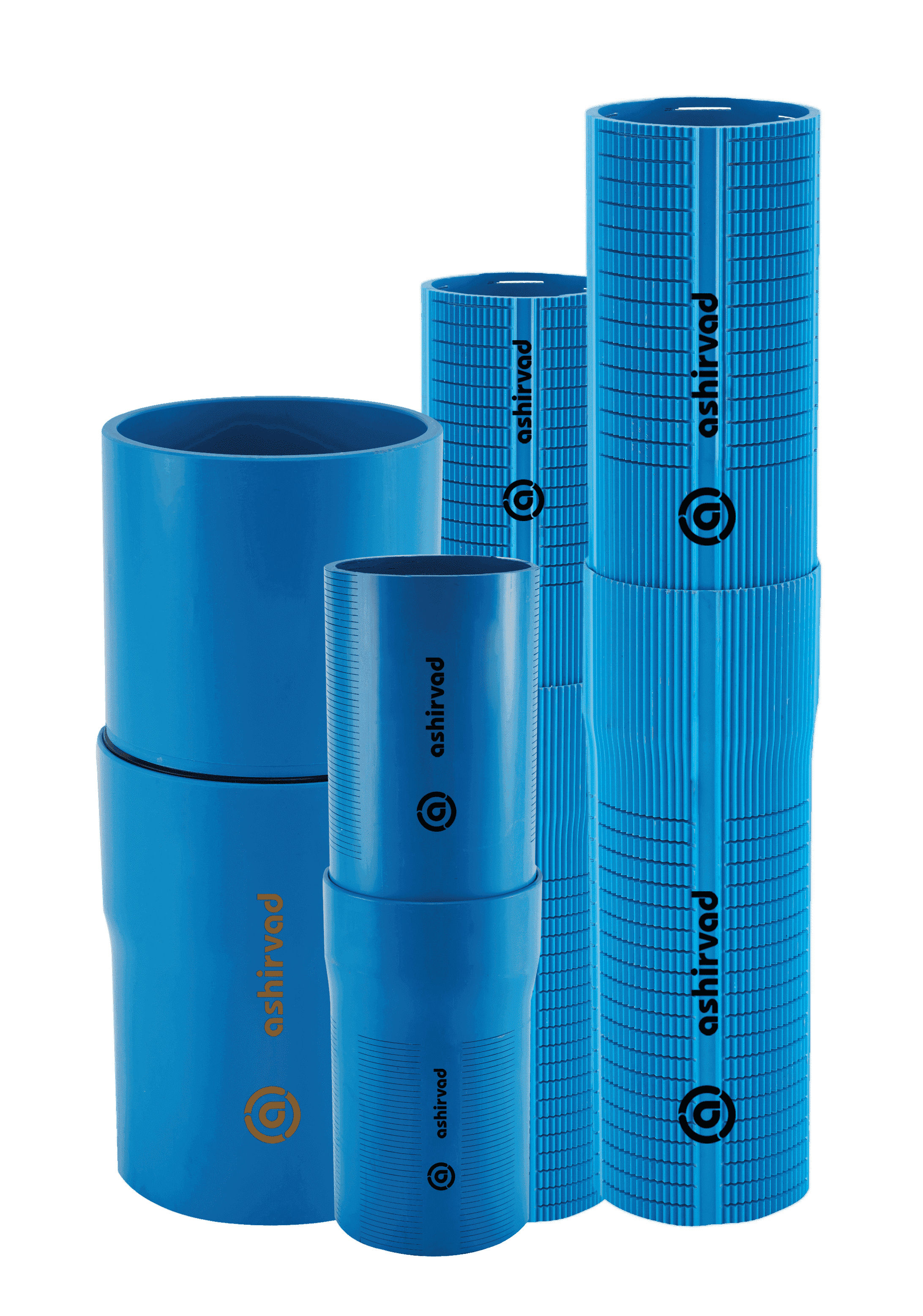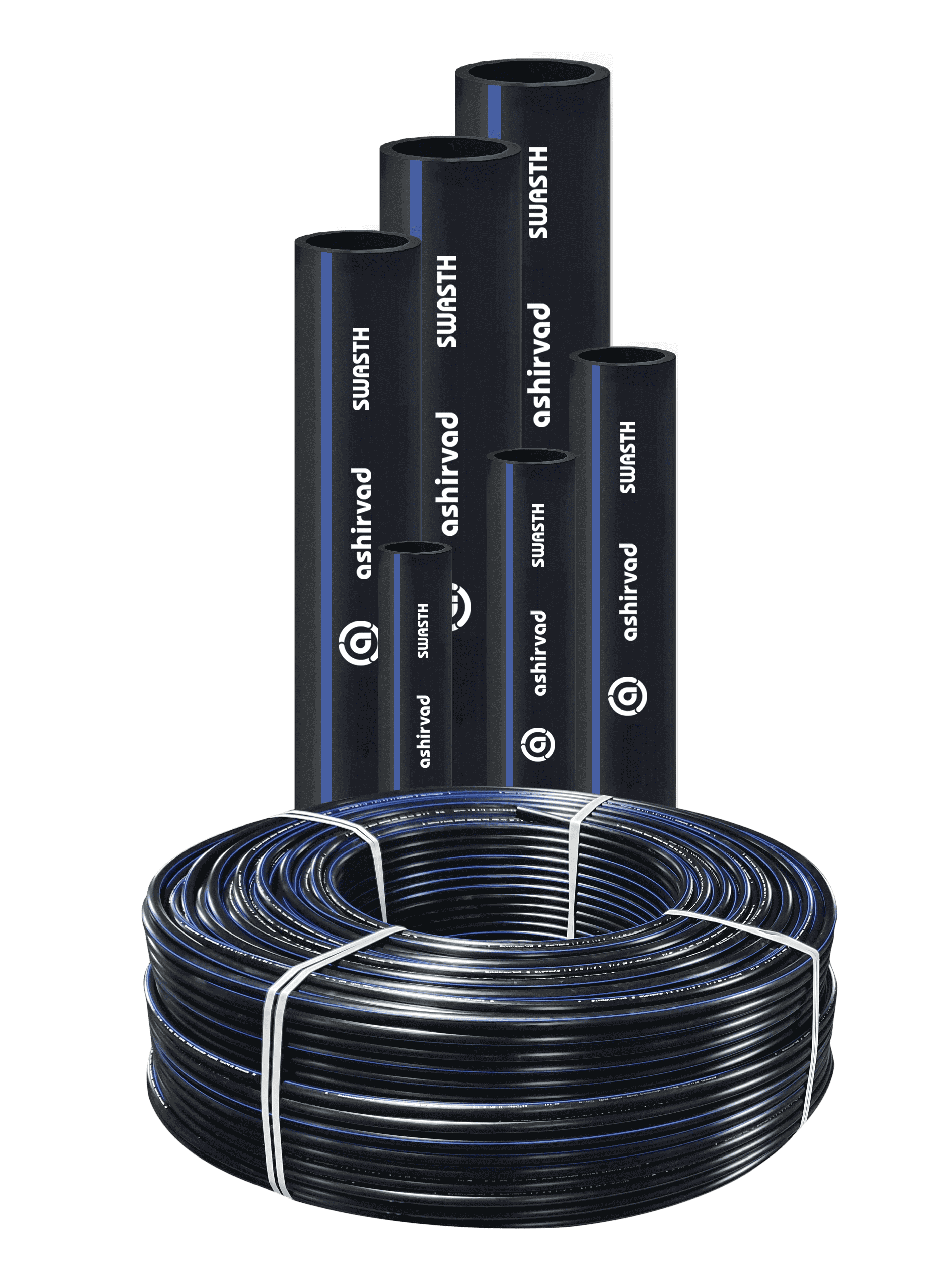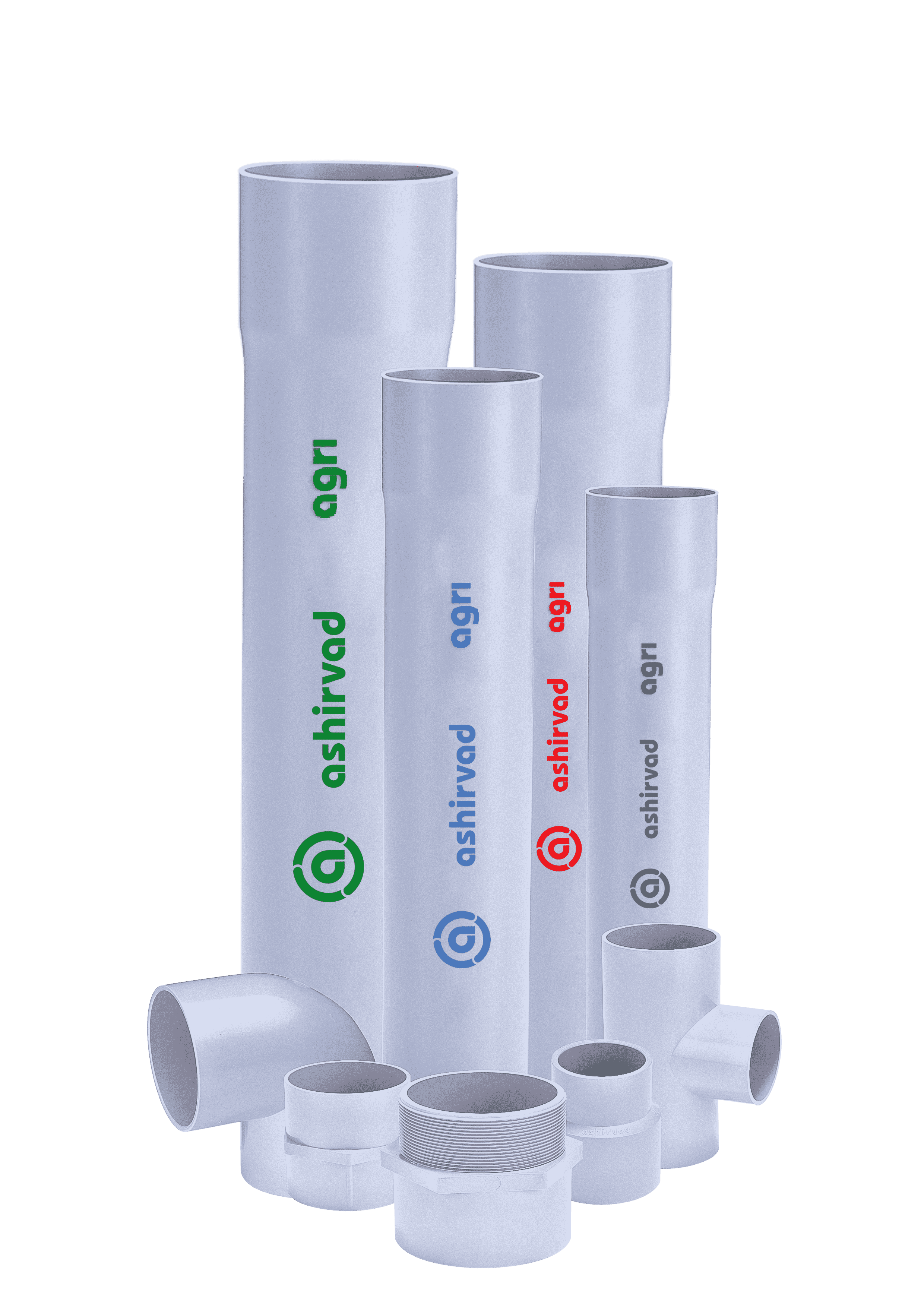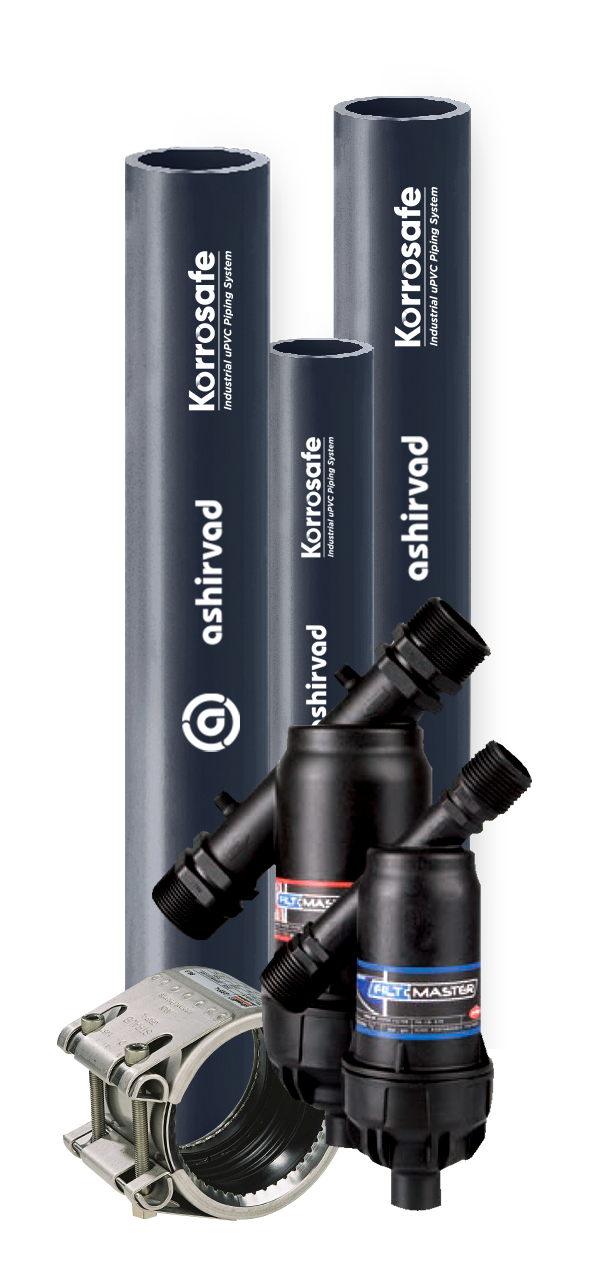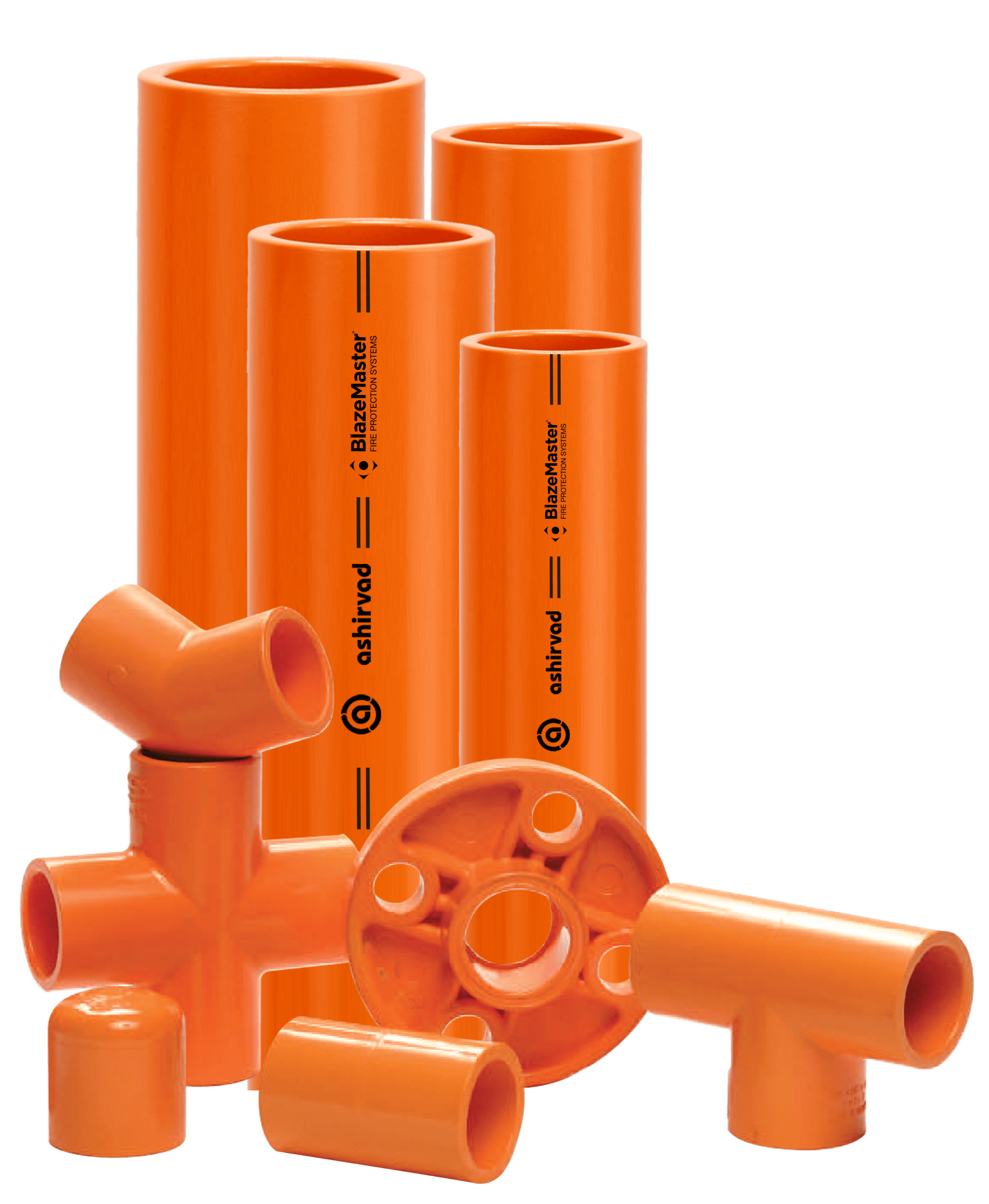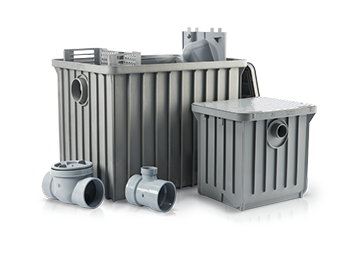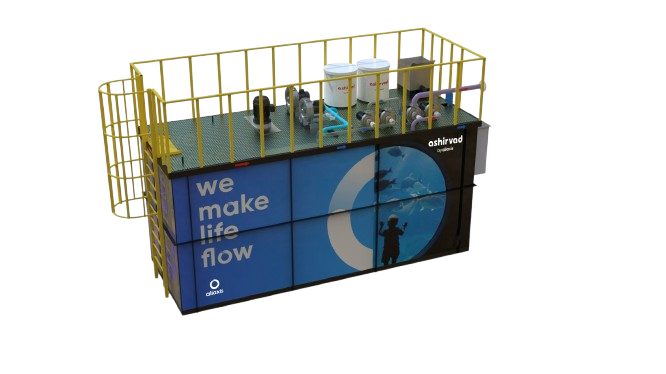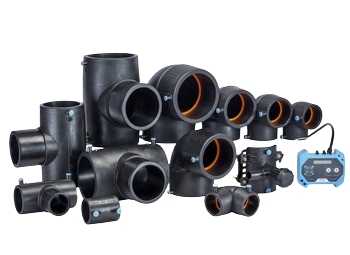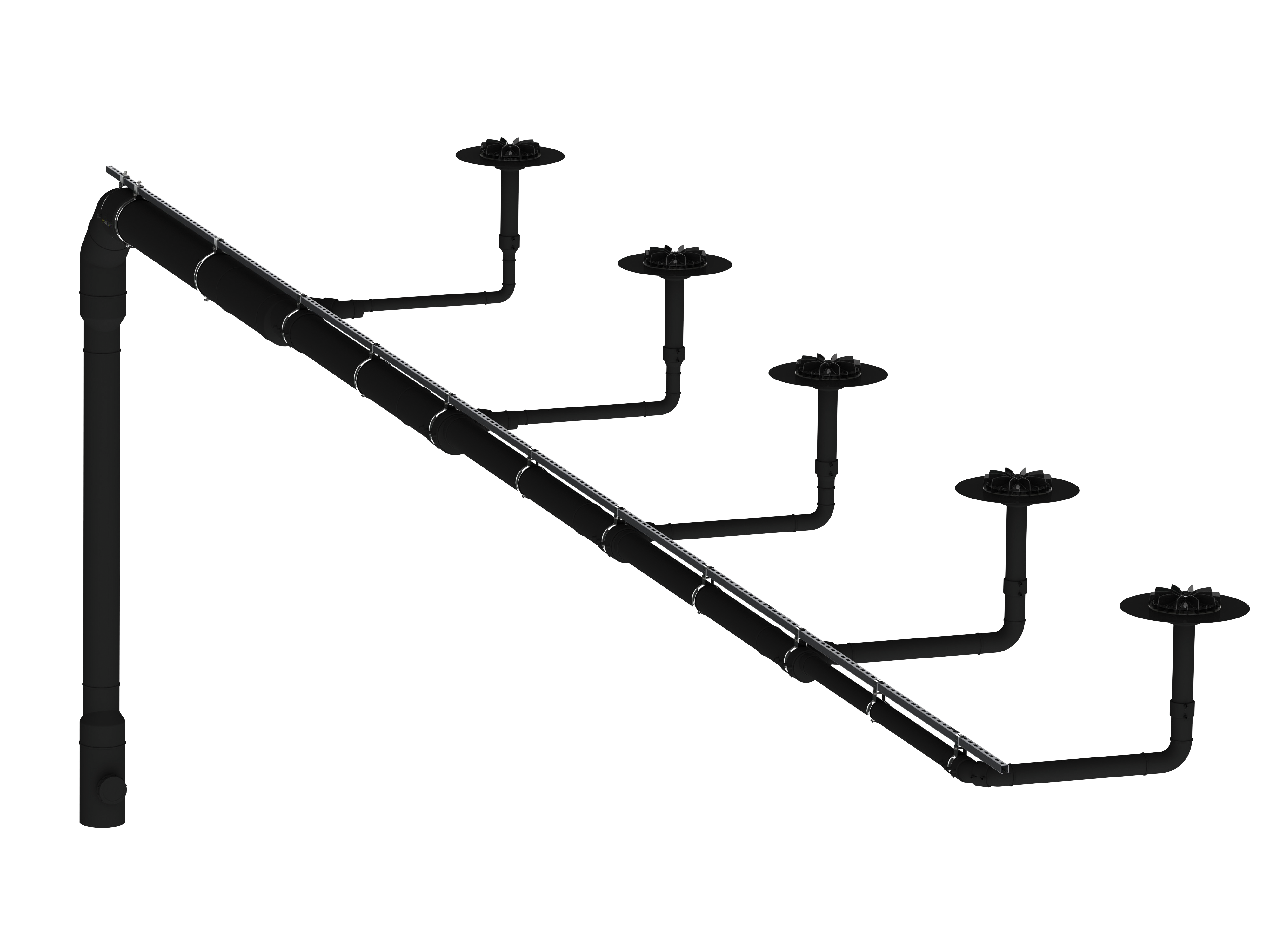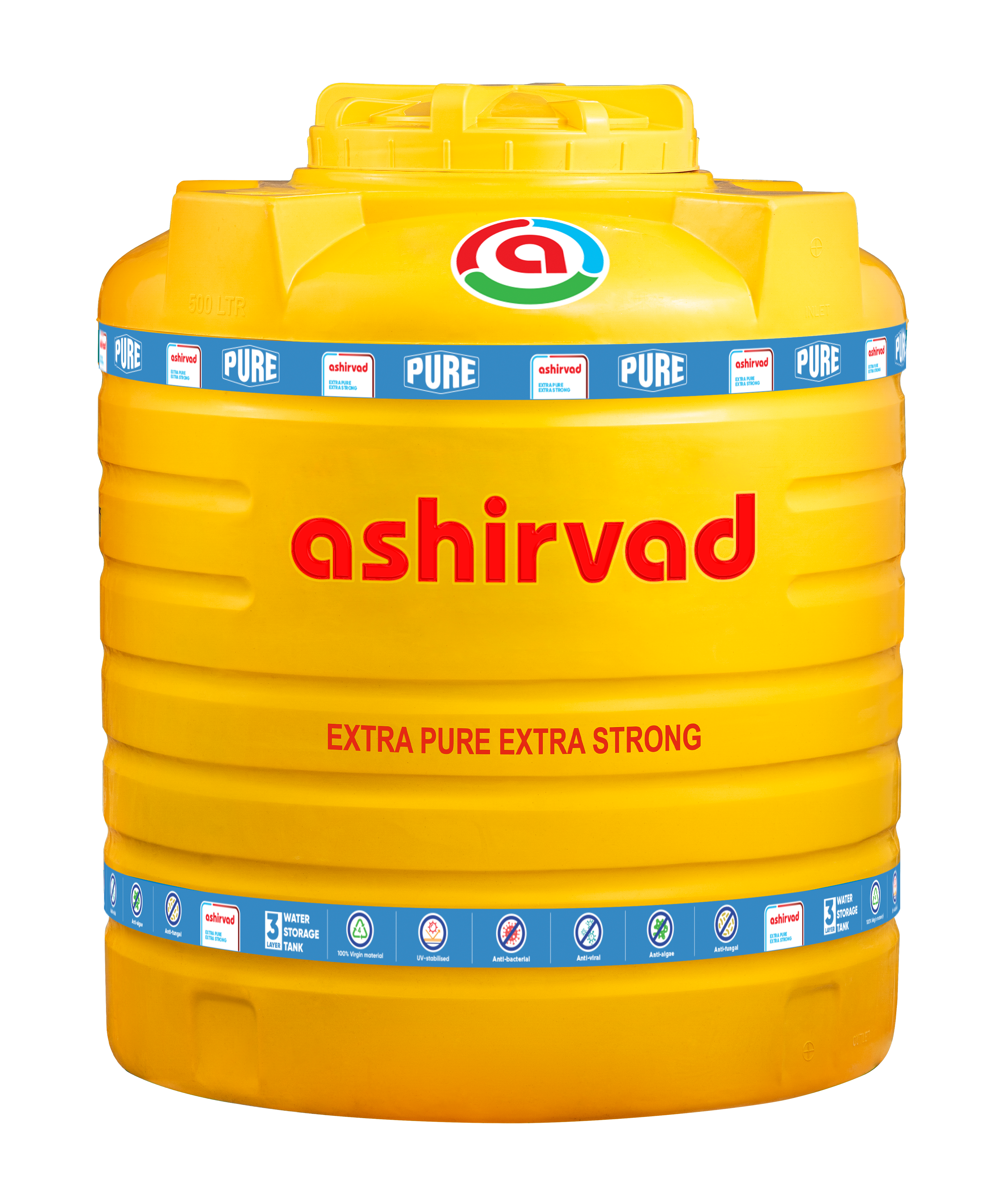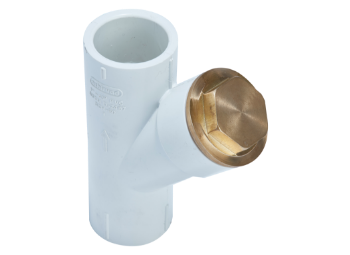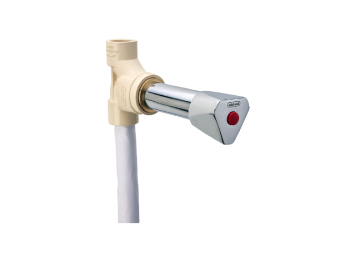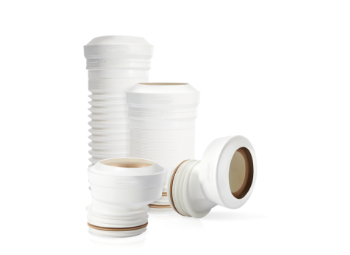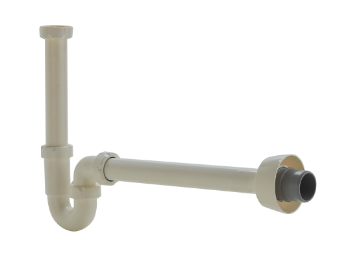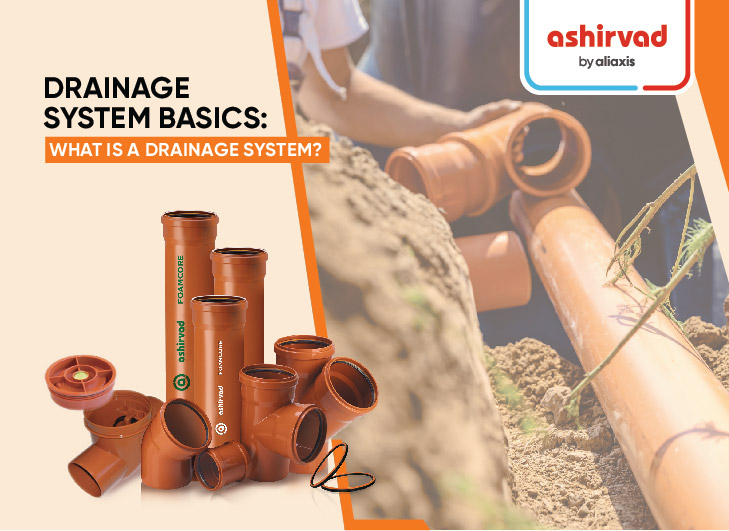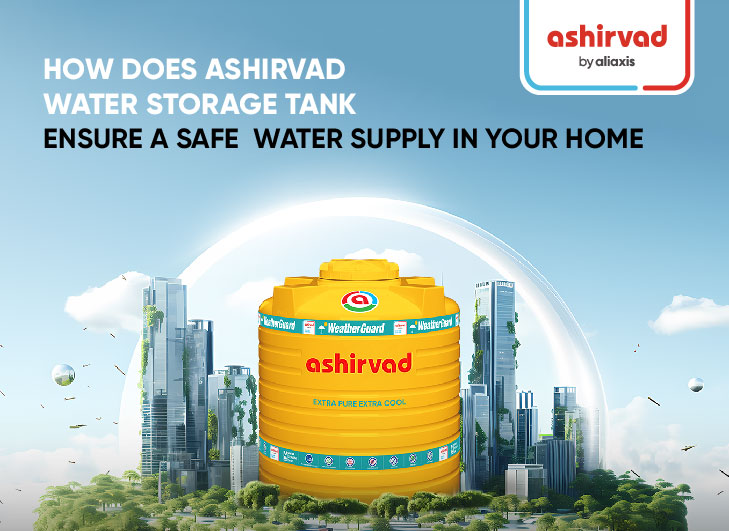Reading Time: 4 minutes
When one constructs a house, buys a flat, or a commercial complex it involves a lot of planning and information gathering, from buying concrete, cement, and bricks to underground drainage pipes (UGD pipes), fixtures, and interiors.
Though everything is essential to ensure quality and durability, what is most crucial for your peace of mind is the decision to buy the right UGD pipe.
Choosing the right brand can be daunting, with numerous manufacturers offering their products. The last thing you want in your dream house is a mess that may be created due to selecting a leaky UGD pipe.
If you are seeking comprehensive knowledge about UGD pipe, this blog delves into the intricacies of underground drainage pipes and the specific considerations relevant to India.
What is a UGD pipe?
A UGD (Underground Drainage) pipe is a system of pipes designed to efficiently carry sewage, wastewater, and rainwater from buildings to municipal sewer systems or treatment facilities. These pipes are typically made from materials such as polyvinyl chloride (PVC), HDPE (high-density polyethylene), or vitrified clay, and they are installed underground to minimize environmental impact and maintain aesthetics.
UGD pipes are engineered to withstand underground conditions, including soil movement and pressure, and they are crucial components of urban infrastructure, ensuring the safe and hygienic disposal of waste materials while preserving public health and the environment.
UGD pipe specifications
Compromising with the pipe quality can cause you a lot of difficulty and you may have to dig and replace the pipes. It is not only bothersome but involves a lot of expenditure. You can have the peace of mind you deserve if you know about the stiffness of the UGD pipe. The stiffness of the UGD pipe determines how much pressure the pipe can endure.
The UGD pipes come in different stiffness classes, mainly categorized as SN2, SN4, and SN8. SN here refers to “nominal stiffness.” So, the higher the number, the higher its resistance to withstand external pressure. SN2 pipes are usually installed above the ground, whereas those with higher resistance, like SN4 and SN8, are installed below the ground.
UGD pipe sizes
When one installs a UGD pipe, the size also matters because it determines how easily the wastewater flows through it. The pipe size has to be appropriate to avoid blockages, and one should consider factors like population density and expected wastewater volume while selecting the pipe size.
These pipes are available in 110 mm to 315 mm with different stiffness classes. Larger diameters are typically used for main sewer lines, while smaller sizes are suitable for branch lines and residential connections.
UGD pipe application
Have you ever wondered where your flushed water goes? It travels silently through hidden UGD pipes! These engineering marvels transport wastewater and rainwater, keeping our communities clean and healthy. Choosing high-quality UGD pipes ensures smooth functioning for both you and your neighbourhood.
Application of UGD pipe for plumbing
Think plumbing, and visions of gleaming faucets and chrome fixtures usually come to mind. But beneath the surface, ensuring our homes and buildings function smoothly, lies a network we rarely consider underground drainage (UGD) pipes. They play a very crucial role in whisking away wastewater and stormwater. However, their applications within plumbing extend far beyond the drainpipe.
They go beyond waste disposal, and they are versatility in action. They can channel rainwater, which helps prevent flooding and protect basement. They ventilate plumbing systems. They can be utilized in systems that collect and repurpose wastewater for non-potable uses like irrigation.
Different types of UGD pipes are available when it comes to Plumbing. People used cast-iron pipes earlier, but nowadays, they are less used as the UGD pipes have improved in their quality and durability with time. In modern times, chlorinated polyvinyl chloride (CPVC) is the number one choice of material for potable water supply and has been used worldwide for more than 50 years. It is ideal for hot and cold-water applications in villas and individual homes, residential apartments, office complexes, commercial buildings, hotels, and hospitals.
Application of UGD pipe for drainage
UGD pipes play a crucial role in modern drainage systems, carrying wastewater and stormwater away from homes, buildings, and streets. Their applications are diverse and essential:
1. Wastewater removal: These pipes form the backbone of sanitary sewer systems, transporting wastewater from toilets, sinks, and showers to treatment plants. This ensures proper sanitation and public health by preventing contamination of groundwater and surface water.
2. Stormwater drainage: UGD pipes also collect and channel rainwater runoff from roofs, pavements, and other surfaces. This prevents flooding, protects basements, and mitigates soil erosion.
3. Industrial applications: In industrial settings, UGD pipes transport various process fluids, chemicals, and cooling water. Choosing the right material and design is crucial to ensure compatibility and durability in these specialized environments.
4. Rural and agricultural drainage: In rural areas, UGD pipes can drain agricultural fields, preventing waterlogging and promoting crop growth. They also play a role in irrigation systems, transporting water to fields and farms.
5. Sustainable solutions: Modern UGD pipe materials are increasingly designed with sustainability in mind. Recycled materials, improved jointing techniques, and leak-resistant designs minimize environmental impact and resource consumption.
Why Ashirvad UGD pipe?
So, if you want to avoid the trouble caused by leaky pipes, choosing Ashirvad pipes will guarantee you the satisfaction you seek. Ashirvad pipes have won people’s trust over decades and are the most robust and high-quality.
What makes Ashirvad pipes stand out is the 3-layer foam core technology. This technology ensures that the outer and inner layers are robust and designed to take the load. At the same time, the middle layer is comprised of uPVC foam to enhance modulus and reduce weight. Due to their ability to absorb the load, foam core pipes are more suitable for underground drainage systems, where soil exerts much pressure on pipe surfaces.
Ashirvad offers a leading range of underground and surface drainage systems. These systems provide unparalleled installation options with high-quality finish, superior dimensional accuracy, and stability and are suitable for all commercial and domestic installations.
Ashirvad offers wide range of pipes and fittings. Sizes available for pipes and fittings in Pushfit and Solfit – 110, 160, 200, 250, and 315 mm. The raw materials are acquired with utmost care to deliver high-quality products to the customers.
Ashirvad pipes adhere to BIS standard IS 16098 (part 1). The pipes are extruded on state-of- the-art extruders and socketed online belling machines. Besides this Ashirvad has a vast distribution network throughout the country, which makes it possible to find our products in local shops, too.
Conclusion
So, UGD pipes are the cornerstone of the Plumbing and drainage system. These pipes are instrumental in safeguarding public health and upholding the structural integrity of infrastructure systems. Therefore, understanding their specifications, size, and applications can help one make an informed decision.
FAQs: Underground drainage pipe
Q.1 What size pipe is best for drainage?
Answer: A 3-inch pipe is best for toilets in homes. A 110mm which is 4-inch size pipe, is best for taking the wastewater away from home to the main sewer.
